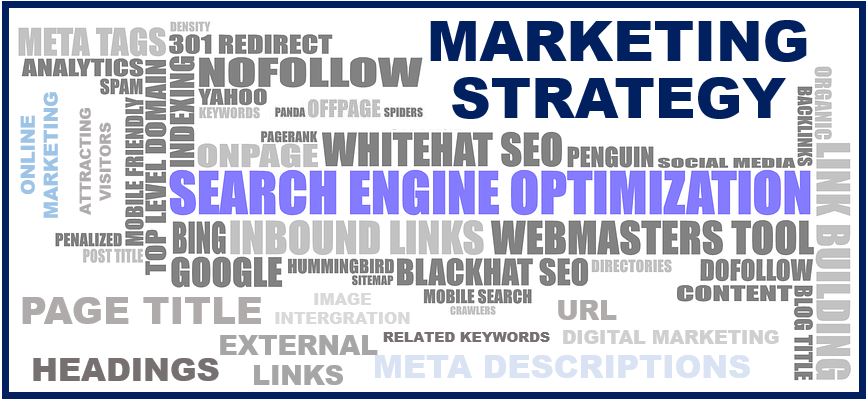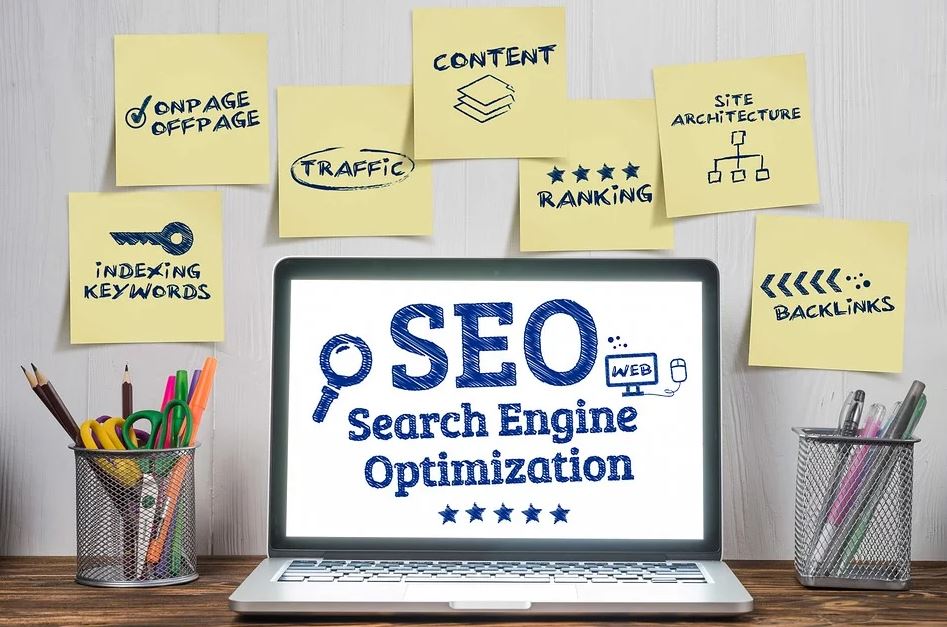Good rankings at Google are no accident, but the result of meticulous improvement, and detailed work. The most important measure to improve a website’s or webpage’s ranking involves the use of long-tail keywords, targeting your local audience, not neglecting your content strategy, micro data, developing a specialized focus, and the content. Getting a good ranking on Google is the most important success criterion for many websites, especially online shops.
 Which SEO measures improve ranking sustainably?
Which SEO measures improve ranking sustainably?
Not every measure that is recommended for search engine optimization is worthwhile. The measures recommended in this article are based on Google guidelines. Google uses the needs of users as a benchmark in its ranking. If you follow Google’s quality guidelines for the evaluation of websites, and pages, you will not only improve your website for the search engines, but also for the users and customers.
The key to success lies in search engine optimization (SEO). Without the help of an expert SEO analyst, it can be a very complex and confusing undertaking for many people. This is why, here, we will discuss the 5 tips to make a successful SEO marketing strategy in 2020. So, keep reading.
Keyword research and keyword strategy
It shouldn’t be a secret that search engine queries are about certain keywords. “Topics” tend to become more important, but the search terms are still an extremely relevant factor. The so-called transactional keywords are of particular importance for e-commerce.
Intensive keyword research including long tail keywords and analysis is an indispensable component for SEO optimization. In addition, there are investments in tests and advertisements which can be very different depending on the topic and the competitive situation, i.e., the marketplace.
Links and website structure to target audience
A sensibly structured website not only secures a larger amount of external link power for the individual pages, but also makes navigation easier. It also makes it easier for Google bots to record and index the pages, and thus contributes to a better ranking. It is better not to forget the significance of link building.
The effort depends on the size of the website. The more categories and subpages your site has, the more work it will take to create a clean structure. If the topic silos are still to be filled with content, the workload will increase accordingly.
Micro data: important when it comes to SEO strategy
For a search engine, the look of a page is initially unimportant. It carefully gathers and analyzes data on the descriptions of the page that are stored in the micro data. These micro data are important for ranking, not only because they make the described objects and products easier to find, but also the information in the micro data is included in the display of the search results.
Micro data can not only be used for products, but for a whole range of other objects. For example, content contributions can also benefit from such a categorization.
Create content and think about the search engines
 Good content is an extremely important factor for SEO work. Since a lot comes together under content from the title of a page to the Meta description. In fact, there are many ways to implement the demand for good, and unique content.
Good content is an extremely important factor for SEO work. Since a lot comes together under content from the title of a page to the Meta description. In fact, there are many ways to implement the demand for good, and unique content.
Page title
It should summarize the content of the page, use keywords, stimulate clicks, and ideally be combined with a brand. All in 50 to 60 characters.
Meta description
It is often displayed as a snippet text in the search results, and provides additional information about the title, ideally as a call to action. It should contain the search terms, and be between 90 and 160 characters long. Optimization with the help of micro data is also worthwhile here.
Headings
Subheadings make it easier for readers and search engines to enter texts. There is usually a hierarchy from <H1> to <H6> to get a more detailed structure.
URL
The rule of thumb “shorter is better” applies to the URL, preferably everything in lower case, with hyphens instead of underscores, and without umlauts or special characters. The influence of the URL on the ranking is comparatively low, but what should be optimized should be optimized.
External links
Without question, dubious links to other websites lead to a poorer ranking, but vice versa it seems as if high-quality external links could also improve the reputation of your own site, and thus the ranking.
Related keywords
If you include related search terms in your content, this prevents readers from having to look elsewhere for this information.
Image integration
With the <figure> element, HTML5 offers an additional option for storing information with keywords in the image description.
Create content and think of the readers
Since the importance of the content for a good ranking is undisputed, a separate section should be dedicated to the content that the users ultimately receive. The question that arises in this context is – if the content can influence the ranking – what must it look like so that its influence is as positive as possible? Once again, it is worth looking at the statements that Google makes on this topic before creating the texts.
Accordingly, content must be for the reader – useful and informative, more comprehensive with regard to the content offers of other websites, credible, unique, specific and high quality, and last but not least, be appealing. The text creation therefore begins with a precise analysis of the reader’s needs. The next step is to research reliable, and up-to-date information. Finally, the information is presented in an appealing manner.
____________________________________________________
Interesting related article: “What is Search Engine Optimization?“

